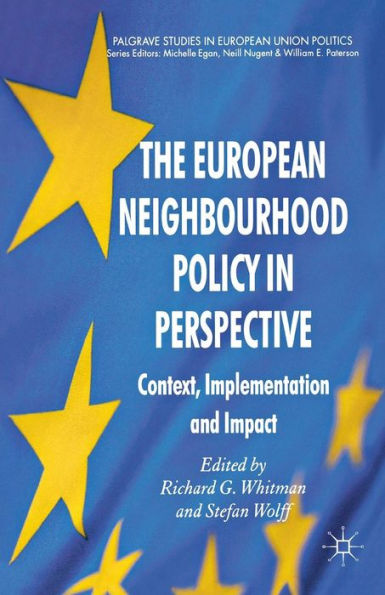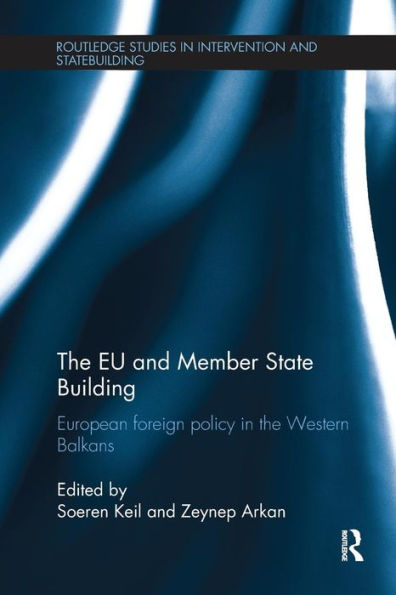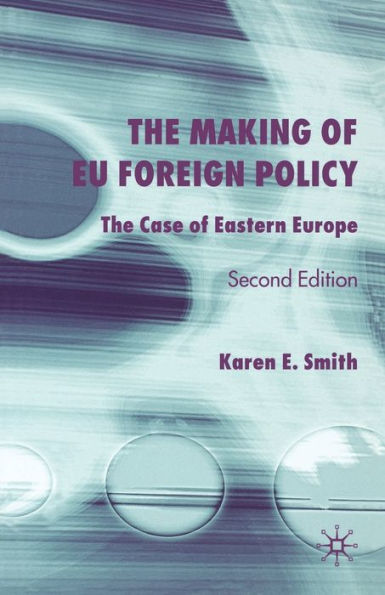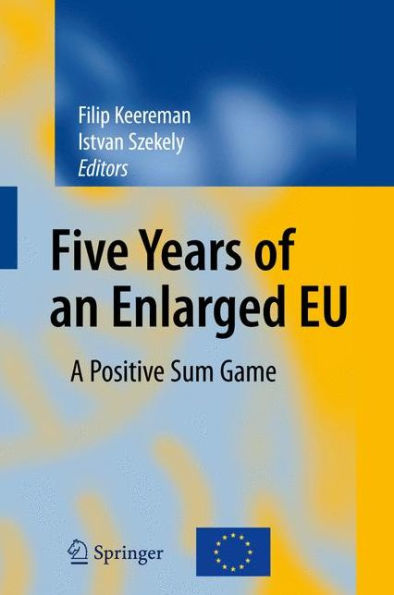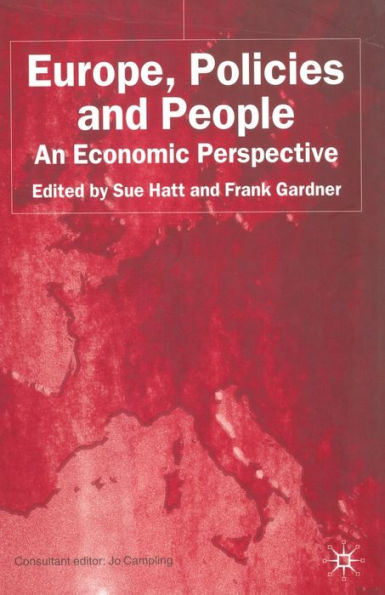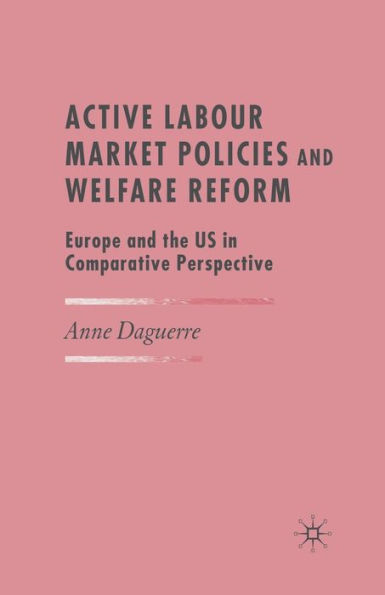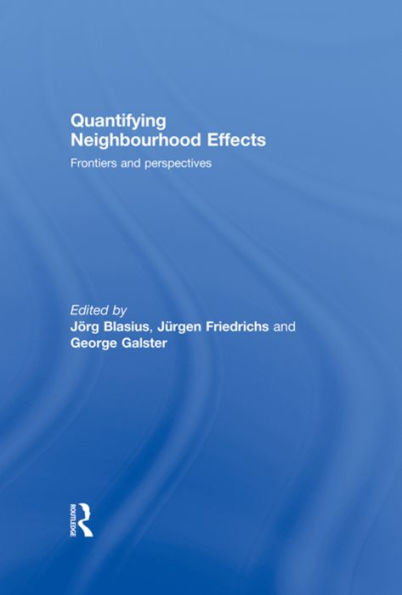Home
Enlarged EU - Enlarged Neighbourhood: Perspectives of the European Neighbourhood Policy
Loading Inventory...
Barnes and Noble
Enlarged EU - Enlarged Neighbourhood: Perspectives of the European Neighbourhood Policy
Current price: $118.50


Barnes and Noble
Enlarged EU - Enlarged Neighbourhood: Perspectives of the European Neighbourhood Policy
Current price: $118.50
Loading Inventory...
Size: OS
*Product Information may vary - to confirm product availability, pricing, and additional information please contact Barnes and Noble
Since May 2004 the European Union borders countries that have not yet accomplished their transformation process or are still struggling for stability.
These countries are now the neighbours of the European Union, but are they also candidates for accession? The European Neighbourhood policy is a policy that explicitly excludes the possibility of accession. However, possible future membership is the strongest implicit argument for pushing the new neighbours towards reform. How does the European Union deal with its new neighbours and how do they deal with the European Union? What plans and programs of cooperation exist? What prospects and risks does the new neighbourhood imply? Are there further attempts of cooperation and European integration besides these at the EU-level? The authors try to answer these questions by providing a critical perspective of the EU policy, regional overviews, and country reports from Eastern and South Eastern Europe.
These countries are now the neighbours of the European Union, but are they also candidates for accession? The European Neighbourhood policy is a policy that explicitly excludes the possibility of accession. However, possible future membership is the strongest implicit argument for pushing the new neighbours towards reform. How does the European Union deal with its new neighbours and how do they deal with the European Union? What plans and programs of cooperation exist? What prospects and risks does the new neighbourhood imply? Are there further attempts of cooperation and European integration besides these at the EU-level? The authors try to answer these questions by providing a critical perspective of the EU policy, regional overviews, and country reports from Eastern and South Eastern Europe.

